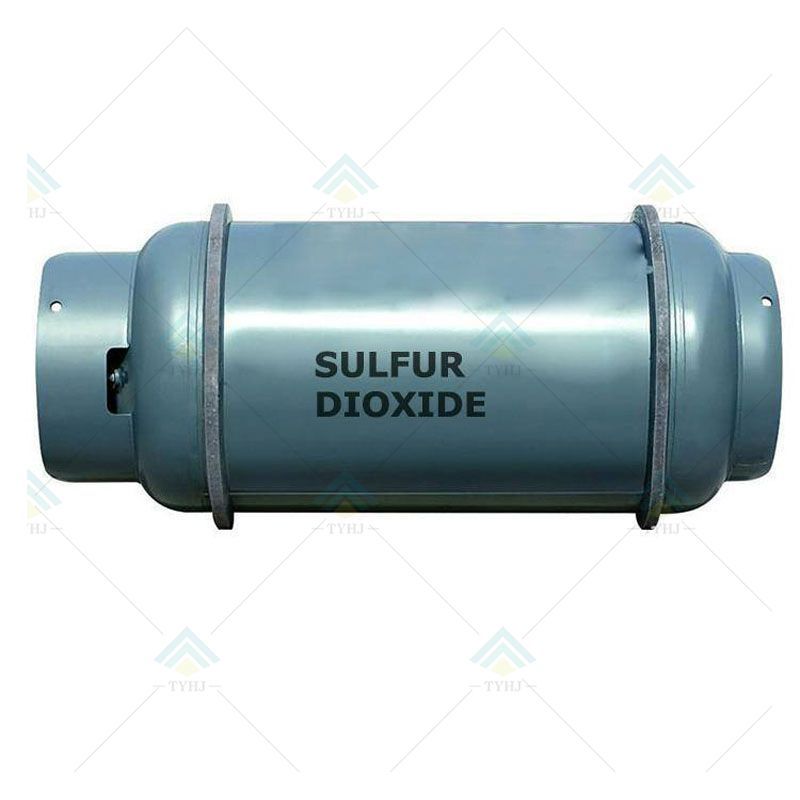Unveiling the Impact and Solutions for Sulfur Dioxide Pollution
Sulfur dioxide is a noxious gas with the chemical formula SO2, resulting from both natural processes and human activities. It is notorious for its pungent odor and adverse effects on the environment and public health. While naturally occurring sources like volcanic eruptions contribute to SO2 emissions, anthropogenic activities such as burning fossil fuels—particularly coal and oil—stand as major contributors to the elevated levels of sulfur dioxide in the atmosphere.

Sources of SO2 Emissions
1. Industrial Processes: Industries such as power generation, manufacturing, and mining release substantial amounts of sulfur dioxide into the air through the combustion of sulfur-containing fuels.
2. Transportation: Vehicles powered by fossil fuels emit sulfur dioxide as a byproduct of combustion, especially in regions with lower fuel quality.
3. Residential Heating: The use of coal, oil, and other fossil fuels for heating purposes in homes and buildings contributes to localized sulfur dioxide emissions.
4. Agricultural Practices: Certain agricultural activities, such as the burning of crop residues, release sulfur dioxide and other pollutants into the atmosphere.
The Far-Reaching Effects
The repercussions of sulfur dioxide pollution are both immediate and long-term, affecting various aspects of our environment and health:
1. Air Quality: SO2 contributes to the formation of fine particulate matter and acid rain, diminishing air quality and posing respiratory risks.
2. Health Impact: Short-term exposure to high levels of SO2 can lead to respiratory issues, exacerbating conditions like asthma and reducing lung function.
3. Ecosystem Damage: Acid rain, a byproduct of SO2 emissions, harms aquatic ecosystems, soil quality, and plant life.
4. Climate Change: Sulfur dioxide can influence the Earth's climate by reflecting sunlight back into space, potentially offsetting some of the warming effects of methane gases.
Mitigation and Solutions
Addressing sulfur dioxide pollution requires a multi-faceted approach that involves policy changes, technological advancements, and individual actions:
1. Regulatory Measures: Governments play a pivotal role in reducing SO2 emissions by implementing stringent emission standards and incentivizing cleaner technologies.
2. Clean Energy Transition: Transitioning to renewable energy sources, such as wind, solar, and hydroelectric power, reduces the reliance on fossil fuels and subsequently curtails SO2 emissions.
3. Air Quality Monitoring: Regular monitoring of air quality allows for prompt identification of high SO2 concentrations and facilitates timely interventions.
4. Public Awareness: Educating communities about the hazards of sulfur dioxide pollution encourages responsible consumption and promotes sustainable practices.
Conclusion
The narrative of sulfur dioxide pollution is multifaceted, spanning across industries, regions, and generations. The far-reaching effects of SO2 emissions underscore the urgency of collective action. By comprehending the origins, impacts, and solutions surrounding sulfur dioxide pollution, we empower ourselves to be stewards of a cleaner, healthier planet.


